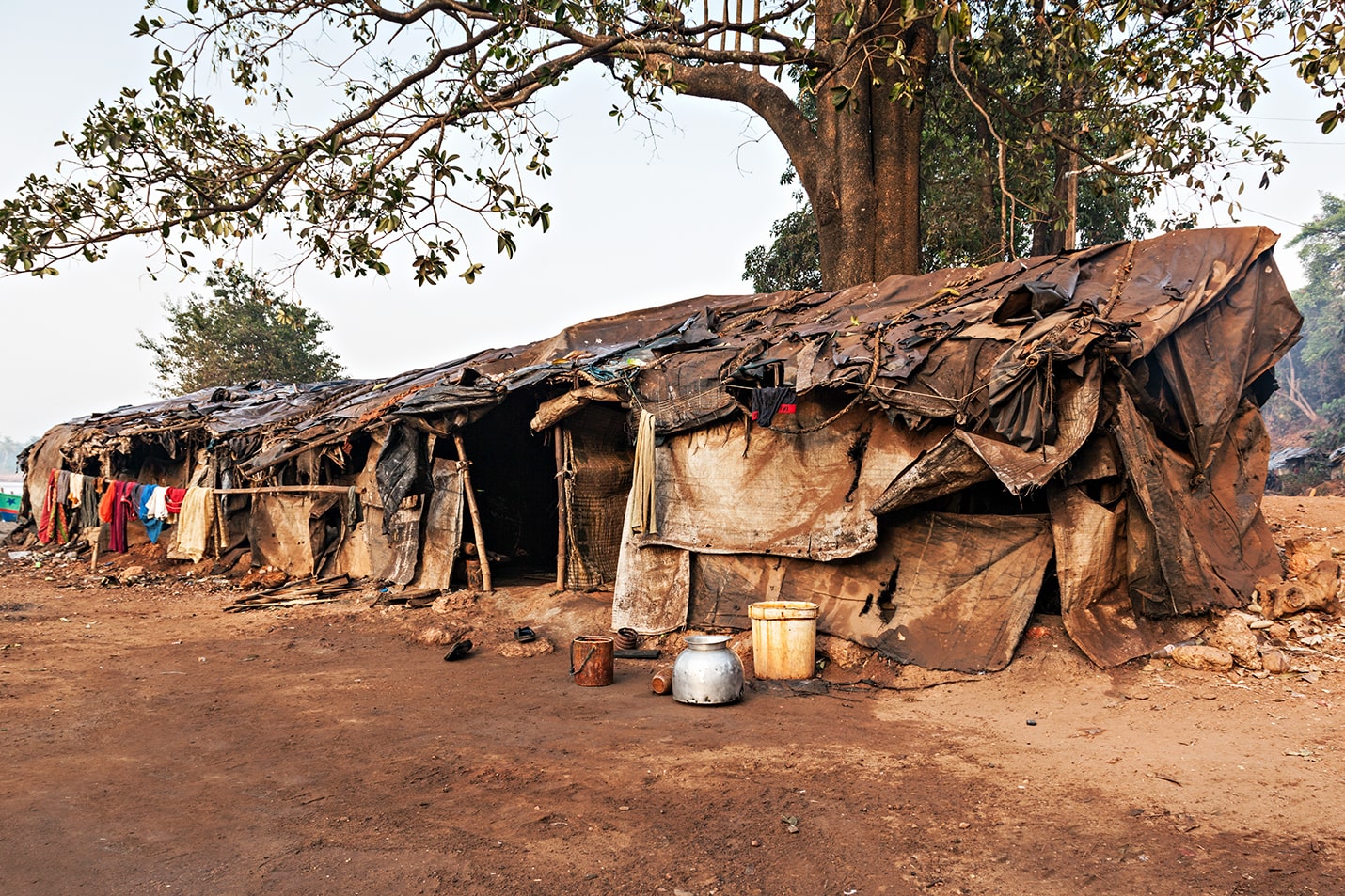Breaking the Cycle of Disease in Urban Slums with Proper Hygiene Practices
In the midst of bustling cities and towering skyscrapers, millions of people in urban slums around the world face a daily struggle to access clean water, sanitation facilities, and proper hygiene practices. This results in an endless cycle of disease and suffering that traps individuals and communities in poverty. But what if we could break this cycle? What if by implementing simple yet effective hygiene practices, we could improve health outcomes for those living in even the most dire conditions? Join us as we explore the importance of proper hygiene practices in urban slums and how they can help pave the way towards better health for all.
What are slums?
Slums are urban areas characterized by a lack of basic amenities like clean water, proper sanitation facilities, and safe housing. These areas usually develop in cities due to rapid urbanization and population growth, often resulting in overcrowding. In many developing countries, slums exist as a result of poverty and inequality.
These neighbourhoods are typically informal settlements without proper planning or government regulation. Houses are constructed using scrap materials like cardboard and tin sheets with little regard for safety or durability. The streets can be narrow and winding with no access to emergency services.
Residents of slums face numerous health challenges due to the unhygienic living conditions that contribute to the spread of diseases such as diarrhoea, typhoid fever, cholera, and tuberculosis among others. Access to healthcare is often limited or non-existent making it challenging for residents to receive appropriate treatment when they fall ill.
Despite these challenges, people still call slums home because they have nowhere else to go. Slum dwellers often work in low-paying jobs within the informal sector where job security is minimal. They struggle daily just trying to meet their basic needs while navigating through life’s difficulties amidst poor living conditions.
Promoting a Healthier Environment
1. Understanding the Challenges:
Slums are characterized by overcrowding, limited access to clean water, poor sanitation infrastructure, and inadequate waste management systems. These factors create a breeding ground for various diseases, including waterborne illnesses, respiratory infections, and vector-borne diseases. The lack of proper hygiene practices exacerbates health risks, leading to increased morbidity and mortality rates among slum dwellers.
2. Swachh Bharat Abhiyan: A Step Towards Change:
Swachh Bharat Abhiyan, launched in 2014, aimed to achieve universal sanitation coverage and eliminate open defecation in India. The campaign’s efforts have made a significant impact across the country, improving access to toilets and raising awareness about the importance of cleanliness. However, the unique challenges of slum communities require tailored approaches to ensure the effective implementation of hygiene practices.
3. Water, Sanitation, and Hygiene (WASH) Initiatives:
a) Access to Clean Water: Access to safe and clean water is essential for maintaining good hygiene. Efforts should focus on improving the availability and quality of water sources in slums. Implementing water treatment facilities, promoting rainwater harvesting, and establishing community-led water management systems can help address water scarcity and reduce waterborne diseases.
b) Sanitation Facilities: Adequate sanitation facilities, including toilets and waste management systems, are crucial for preventing the spread of diseases. Innovative solutions such as community toilets, bio-toilets, and eco-sanitation systems can be implemented to meet the specific needs of slum communities. In addition, regular maintenance and cleaning of these facilities are essential to ensure their sustained use.
c) Hygiene Education and Behavioral Change: Promoting hygiene education and awareness campaigns is vital to instil good practices within slum communities. Training programs should focus on teaching proper handwashing techniques, safe food handling practices, and the importance of personal hygiene. Encouraging behavioural change and promoting the use of low-cost hygiene products can significantly impact the overall well-being of slum dwellers.
4. Community Engagement and Empowerment:
Empowering slum communities through active participation and involvement in hygiene initiatives is key to sustainable change. Encouraging the formation of self-help groups, involving local leaders, and providing training opportunities can help create a sense of ownership and responsibility. Community-led initiatives can drive innovation, foster hygiene practices, and ensure the long-term success of hygiene interventions.
5. Collaboration and Partnerships:
Addressing the hygiene challenges in slums requires a multi-stakeholder approach. Governments, non-governmental organizations, private sectors, and local communities should collaborate to develop holistic strategies. By leveraging resources, expertise, and innovative solutions, these partnerships can create a lasting impact and accelerate progress towards improved hygiene standards in slums.
Let’s Break the Germy Cycle!
Breaking the cycle of disease in urban slums requires a multi-faceted approach. By educating people about proper hygiene practices, providing access to clean water and sanitation facilities, and supporting health systems to deliver essential services like immunization and preventive care, we can help eliminate preventable illnesses such as cholera and malaria from these communities. Moreover, this will not only improve the overall quality of life for those living in poverty but also promote long-term development across entire city regions.
